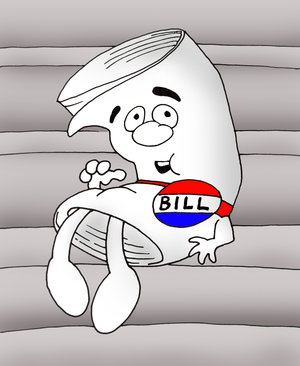 In 2011, the Maryland Legislature decided that the minimum limits for automobile insurance, which were over 35 years old, needed to be increased. The limits were $20,000 per person/$40,000 per occurrence. They were increased to $30,000/$60,000. Not quite a cost-of-living adjustment (one inflation calculator told me that $20,000 in 1972 would be $107,626 in 2011 dollars). But, it’s something, anyway.
In 2011, the Maryland Legislature decided that the minimum limits for automobile insurance, which were over 35 years old, needed to be increased. The limits were $20,000 per person/$40,000 per occurrence. They were increased to $30,000/$60,000. Not quite a cost-of-living adjustment (one inflation calculator told me that $20,000 in 1972 would be $107,626 in 2011 dollars). But, it’s something, anyway.
The goal of the 2011 legislation was further protect Maryland drivers. Healthcare costs and lost wages following a Maryland automobile accident can be high. The increase eases the pain a little bit. The problem with the 2011 change was that it did not include the uninsured division of the Maryland Automobile Insurance Fund (MAIF).
Not only does MAIF insure (the otherwise uninsurable) drivers of Maryland (who are now required to have $30,000/$60,000), but it also provides protection to people who are in accidents with uninsured motorists, when the victims have no other source of insurance. For example, pedestrians hit by uninsured drivers; and people in bus accidents or taxi accidents who are injured in hit-and-run accidents. In order to pay those claims, MAIF collects a little bit of money from other insurance policies. So, a portion of my Allstate insurance premium goes to the MAIF fund.
 Maryland Car Accident Lawyer Blog
Maryland Car Accident Lawyer Blog


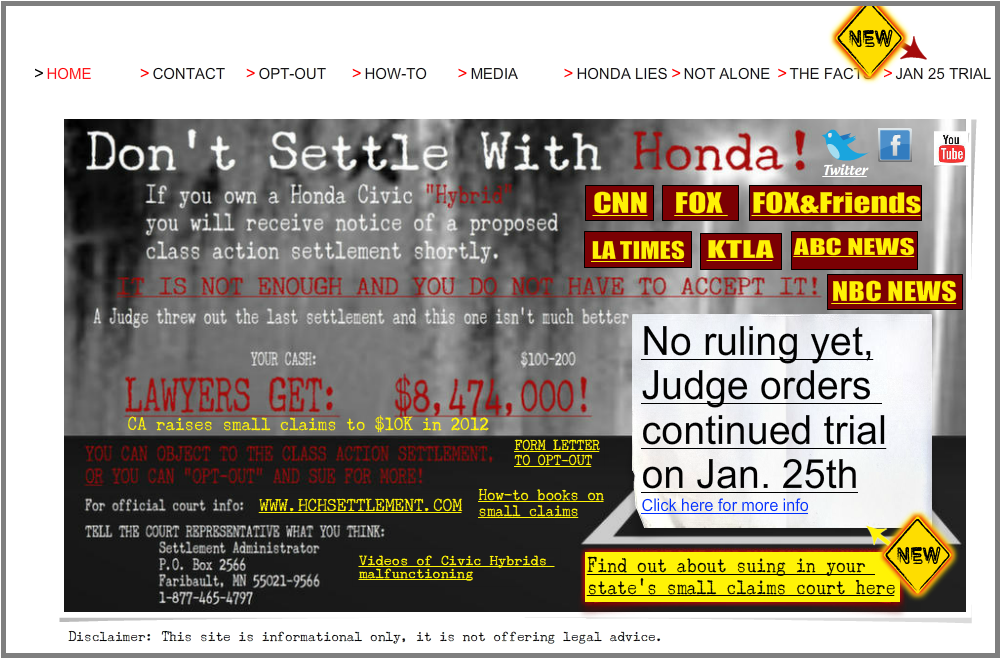 Hop on over to our other blog,
Hop on over to our other blog, 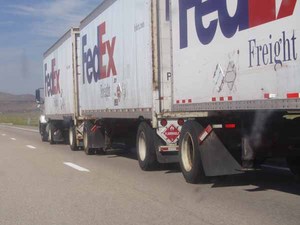
 Many people come to us because they’ve been in an accident, but they are unsure what their options are. This is rarely more true than in the phantom vehicle case. This is where there is an accident, but no sign of the person who caused the accident. These cases are sometimes hit-and-run accidents, though phantom vehicle cases can happen where the phantom vehicle takes the right-of-way from another motorist, causing that motorist to hit a third motorist (while the phantom vehicle goes merrily along its way). In many cases, these are pedestrian hit-and-runs.
Many people come to us because they’ve been in an accident, but they are unsure what their options are. This is rarely more true than in the phantom vehicle case. This is where there is an accident, but no sign of the person who caused the accident. These cases are sometimes hit-and-run accidents, though phantom vehicle cases can happen where the phantom vehicle takes the right-of-way from another motorist, causing that motorist to hit a third motorist (while the phantom vehicle goes merrily along its way). In many cases, these are pedestrian hit-and-runs.  The State of Maryland protects minors. In lawsuits, the State has established rules to help ensure that children (age 18 and under) who receive money, by settlement, have protection against misuse of those funds.
The State of Maryland protects minors. In lawsuits, the State has established rules to help ensure that children (age 18 and under) who receive money, by settlement, have protection against misuse of those funds. 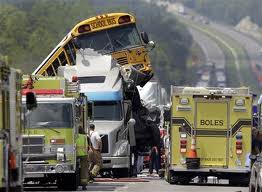 I’ve wondered this question ever since grade school. Back then, we didn’t have to wear seatbelts, but I remember dutifully doing so and chastising my parents when they didn’t (probably something we learned in school). In Maryland, we weren’t required to wear seatbelts until July 1986, and that was only for front seat passengers.
I’ve wondered this question ever since grade school. Back then, we didn’t have to wear seatbelts, but I remember dutifully doing so and chastising my parents when they didn’t (probably something we learned in school). In Maryland, we weren’t required to wear seatbelts until July 1986, and that was only for front seat passengers. Because of television legal dramas, most people know about the burden of proof. For criminal cases, the burden of proof is usually “beyond a reasonable doubt.” In civil cases, like
Because of television legal dramas, most people know about the burden of proof. For criminal cases, the burden of proof is usually “beyond a reasonable doubt.” In civil cases, like  While doing some other research, I happened upon the
While doing some other research, I happened upon the  As of January 3, interstate truck and bus drivers (those driving between states) are forbidden from using hand-held cell phones while operating their trucks. The enforcement angle isn’t as strong as it could be–drivers violating the rule are fined up to $2,750 per offense, and their truck-driving privileges can be revoked for multiple offenses. Employers may be fined up to $11,000. If we were really serious about this, there shouldn’t be a warning period. One strike and you’re out.
As of January 3, interstate truck and bus drivers (those driving between states) are forbidden from using hand-held cell phones while operating their trucks. The enforcement angle isn’t as strong as it could be–drivers violating the rule are fined up to $2,750 per offense, and their truck-driving privileges can be revoked for multiple offenses. Employers may be fined up to $11,000. If we were really serious about this, there shouldn’t be a warning period. One strike and you’re out.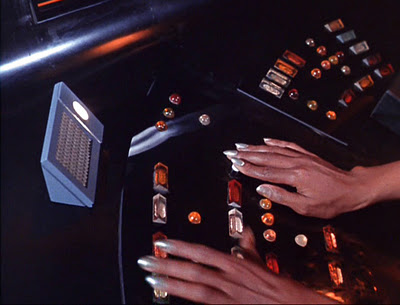 In light of all the concern about distracted driving being the new drunken driving (as if it were something fashionable, like “40 is the new 30”), we’ve been hit on both sides. On one hand, the government is proposing to take away our cellphones while we are in the car–this includes stop lights, this includes hands-free devices like bluetooth. On the other hand, we have emerging technologies becoming standard on new cars that have their own hands-free devices that automatically connect with our cell phones.
In light of all the concern about distracted driving being the new drunken driving (as if it were something fashionable, like “40 is the new 30”), we’ve been hit on both sides. On one hand, the government is proposing to take away our cellphones while we are in the car–this includes stop lights, this includes hands-free devices like bluetooth. On the other hand, we have emerging technologies becoming standard on new cars that have their own hands-free devices that automatically connect with our cell phones.